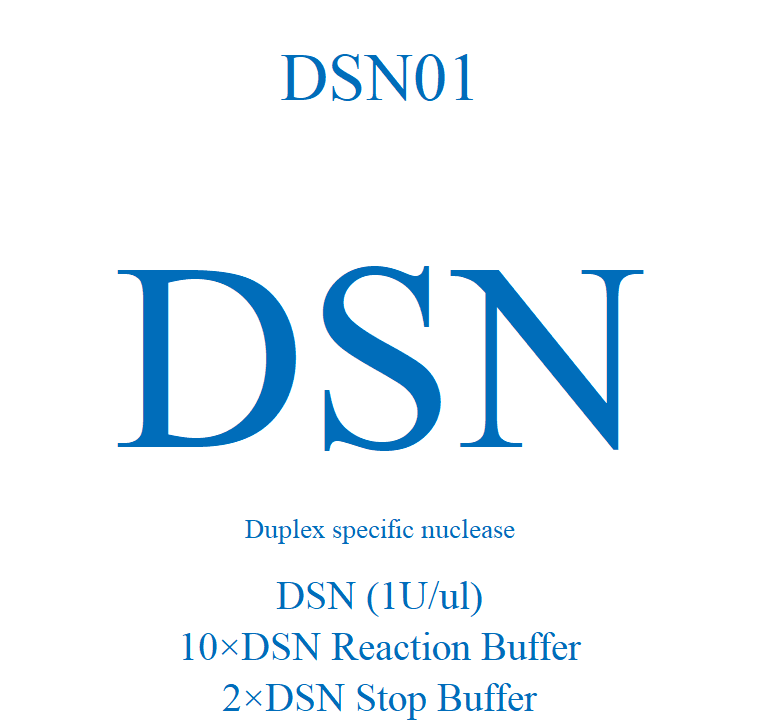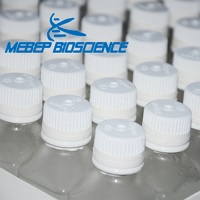
2×HotStar Probe Mixture (UNG)
2024-10-24
NGS Multiplex Oligos for Illumina (Index Primers Set I)
2024-10-24Product Number: PCK85
Shipping and Storage
-20℃, dry ice transportation.
Components
| Component | PCK85 | PCK85 |
| End Prep Enzyme Mix | 48 μl | 192 μl |
| 10×End Repair Reaction Buffer | 200 μl | 800 μl |
| T4 DNA Ligase | 48 μl | 192 μl |
| T4 DNA Ligase Buffer | 400 μl | 2×800 μl |
| 2×HiFidelity PCR Mix | 600 μl | 2×1.2 ml |
Description
This kit provides the enzyme premix system and reaction buffer required for DNA library construction, including all components except connectors and PCR primers, for the construction of Illumina second-generation sequencing platform DNA library. Compared with general library building methods, this kit is simple and convenient to operate, greatly shortening the library construction time. In addition, the kit uses high-fidelity DNA polymerase for library enrichment, with no preference for PCR amplification, expanding the coverage area of the sequence, and can efficiently prepare a DNA library for the Illumina second-generation sequencing platform. All reagents provided in the kit have undergone strict quality control and functional verification, ensuring the stability of library construction to the greatest extent possible.
Features
- End leveling, phosphorylation, and addition of A are completed in one step.
- No need for purification, add connectors directly.
- Ultra fidelity amplification minimizes amplification preference.
- Supports multiple samples, and the resulting library can be used for sequencing platforms such as Illumina GAIIx, HiSacnSQ, HiSeq 2500/2000/1000, and MiSeq sequencing.
Self provided instruments, reagents, and consumables
- Magnetic frame
- DNA purification and recovery kit: It is recommended to use the Magnetic Bear DNA Purification Kit (for NGS Size Selection) (Cat. DNK2508).
- Sample connector primer kit: It is recommended to use NGS Multiplex Oligos for Illumina (Index Primers Set I) (Cat. PCK86).
- Anhydrous ethanol, EB (10mM Tris HCl, pH 8.0), deionized water (pH between 7.0 and 8.0).
- Reaction tube: It is recommended to use a low adsorption PCR tube and a 1.5 ml centrifuge tube.
- Gun head: It is recommended to use high-quality filter gun heads to prevent contamination of reagent kits and library samples.
Preparation and important precautions before the experiment
- To avoid repeated freeze-thaw of reagents, it is recommended that you pack and store the remaining reagents after using the reagent kit for the first time.
- PCR products are prone to contamination due to improper operation, resulting in inaccurate experimental results. It is recommended to isolate the PCR reaction system preparation area from the PCR product purification area, and use a dedicated pipette to regularly clean each experimental area.
Schematic diagram of DNA database construction process






